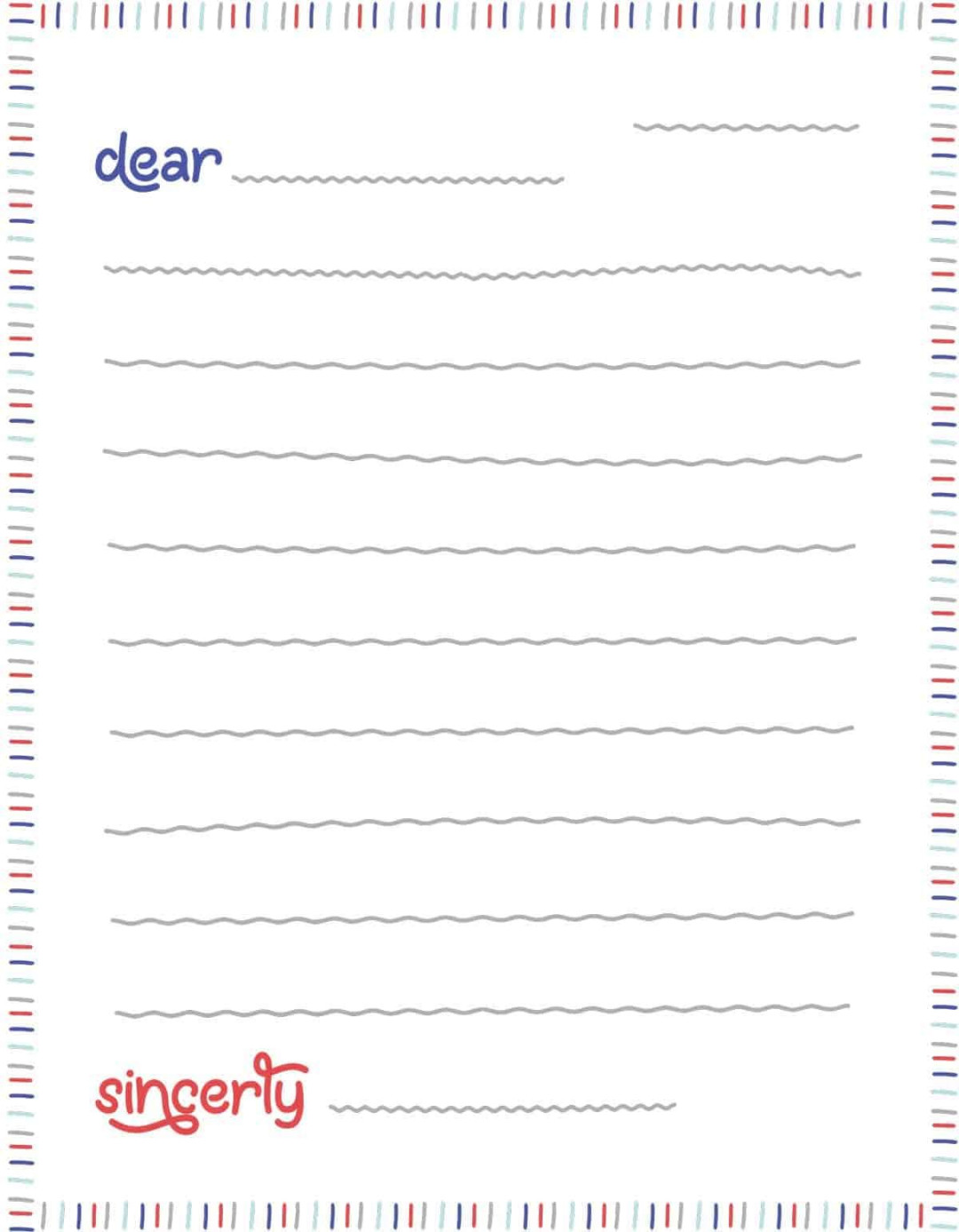Headline: Crafting a Professional Letter Writing Template For Kids
Subheadline: Design Elements that Convey Trust and Credibility

Body:
A well-crafted letter writing template can empower children to express themselves effectively in formal settings. By providing a structured framework, these templates guide young writers in organizing their thoughts, maintaining a professional tone, and presenting their ideas in a clear and concise manner.
Font Selection
Choosing the right font is crucial in establishing a professional and trustworthy appearance. Opt for classic fonts like Times New Roman, Arial, or Calibri, which are easy to read and widely recognized. Avoid overly decorative or playful fonts that may detract from the seriousness of the letter.
Layout and Formatting
A clean and organized layout is essential for a professional letter writing template. Use consistent margins throughout the document and maintain a clear hierarchy of headings and subheadings. Consider using a header and footer to include essential information such as the child’s name, date, and page number.
Letterhead
A personalized letterhead can add a touch of professionalism and enhance the credibility of the letter. Include the child’s name, address, and contact information at the top of the page. You can also add a small logo or graphic element to make the letterhead more visually appealing.
Salutation
The salutation is the greeting at the beginning of the letter. It should be formal and respectful, such as “Dear [Recipient’s Name].” If you are unsure of the recipient’s name, use “Dear Sir or Madam” or “To Whom It May Concern.”
Body Paragraphs
The body paragraphs should be well-structured and focused on the main topic of the letter. Encourage children to use clear and concise language, avoiding jargon or overly complex sentence structures. Each paragraph should address a specific point or idea, and the overall flow of the letter should be logical and coherent.
Closing
The closing is the final greeting of the letter. Common closings include “Sincerely,” “Respectfully,” or “Best Regards.” Sign the letter below the closing, and include your full name.
Enclosures
If you are attaching any documents to the letter, indicate this in the closing. For example, you could write “Enclosures: [List of documents].”
Example Letter Writing Template
[Child’s Name]
[Child’s Address]
[City, State, ZIP Code]
[Date]
Dear [Recipient’s Name],
[Body Paragraph 1]
[Body Paragraph 2]
[Body Paragraph 3]
Sincerely,
[Child’s Name]
Additional Tips
Proofread carefully: Encourage children to proofread their letters for spelling, grammar, and punctuation errors.
By following these guidelines and incorporating the suggested design elements, children can create professional and effective letter writing templates that will serve them well in various formal settings.